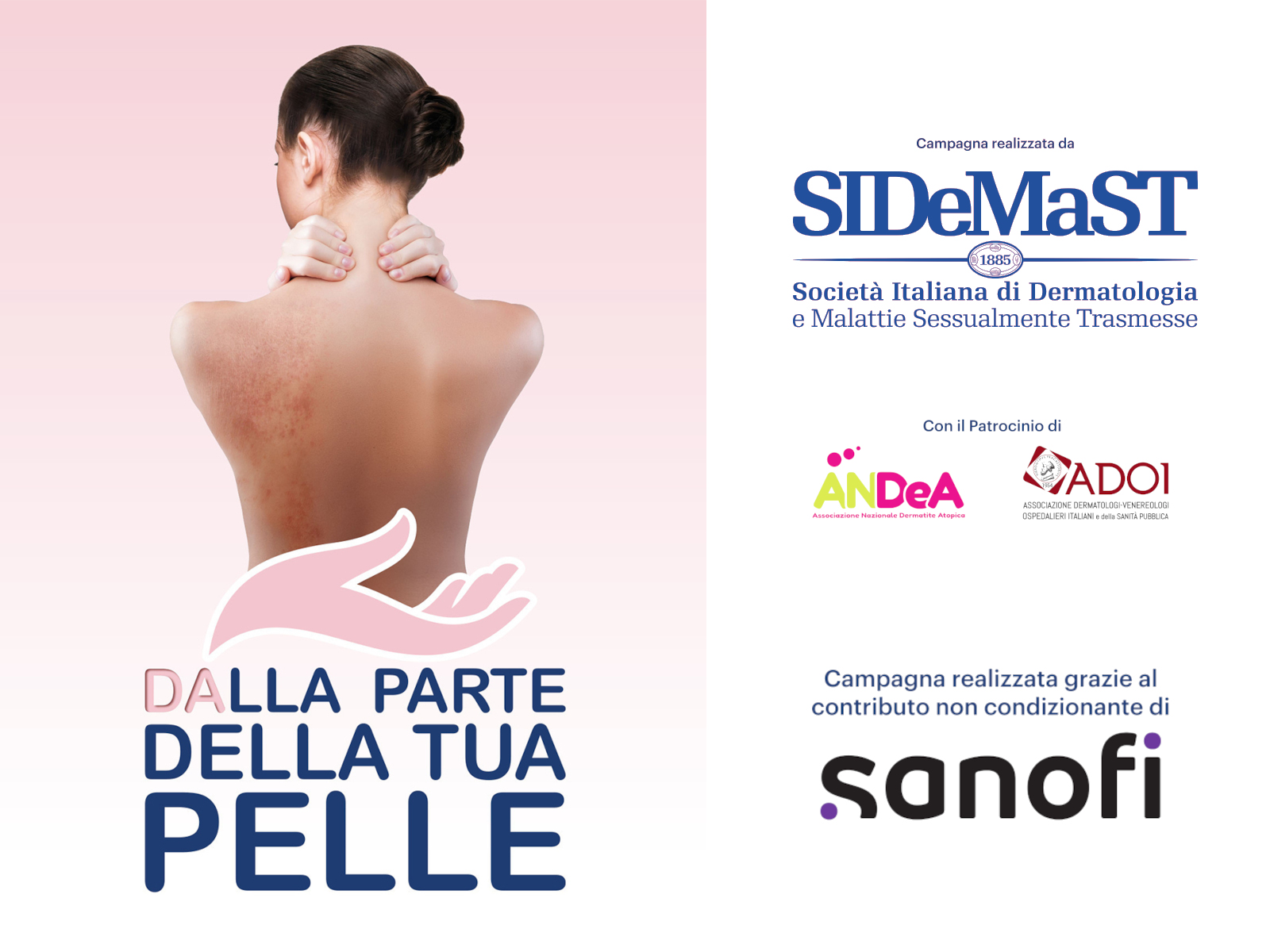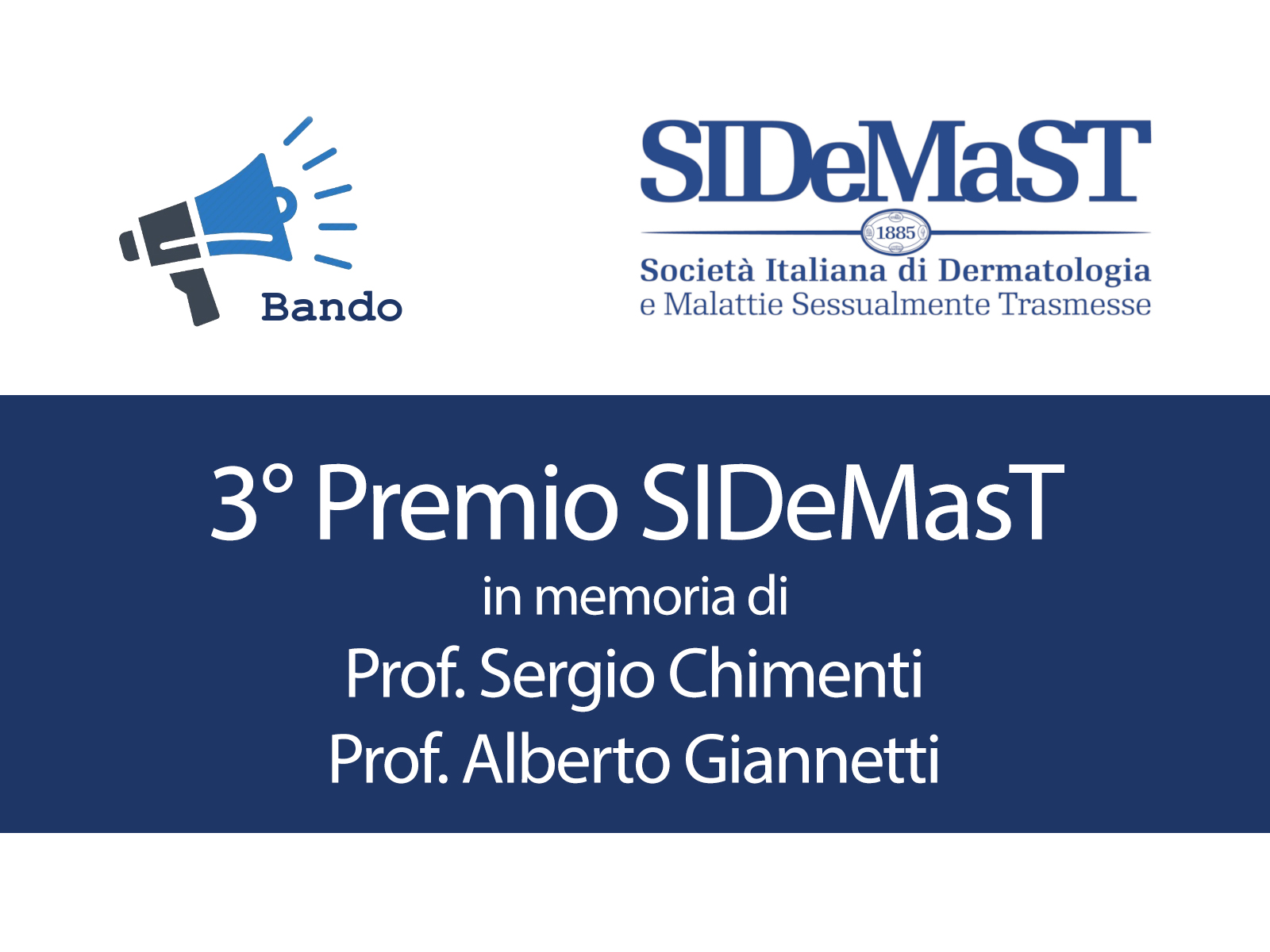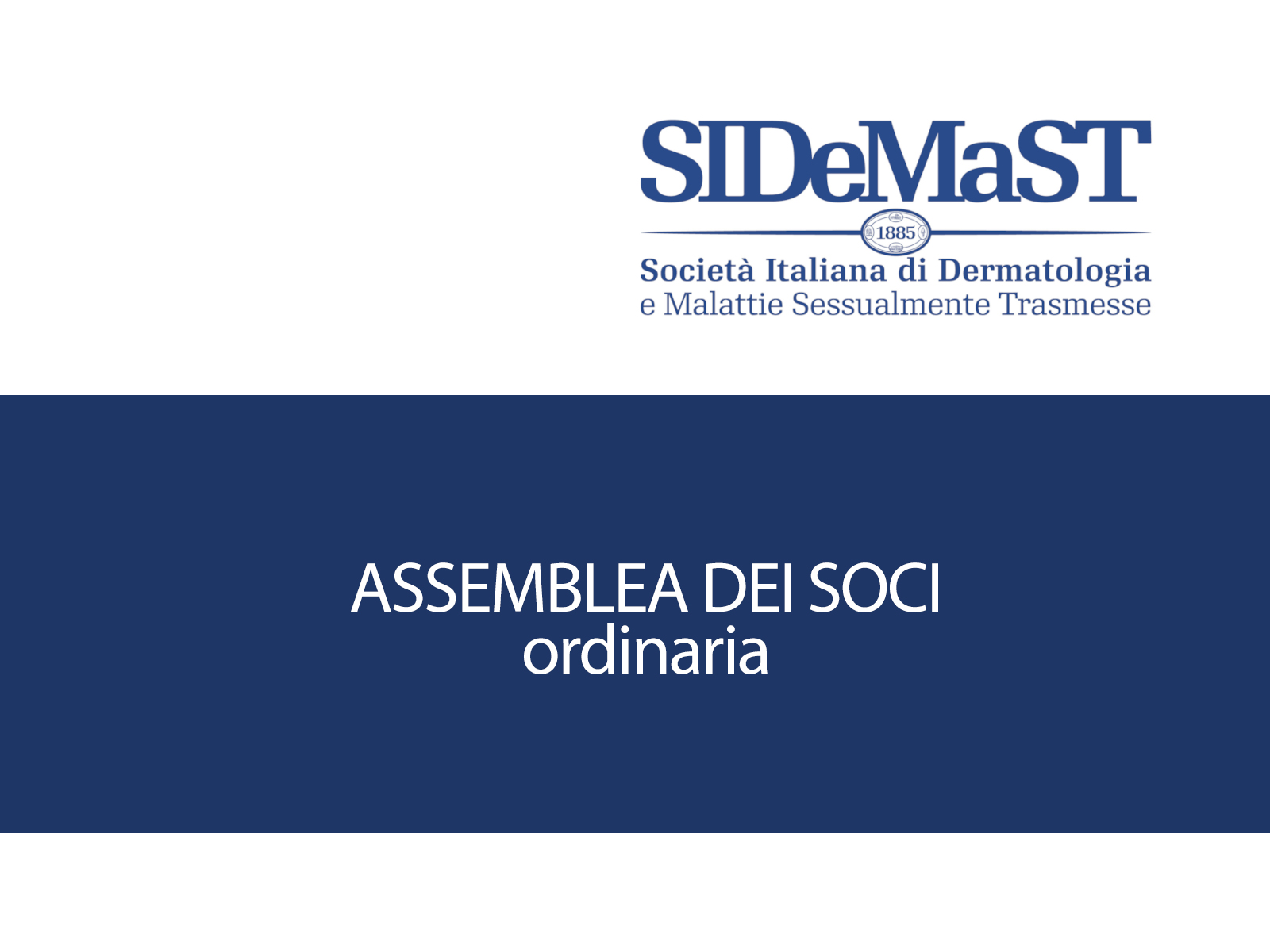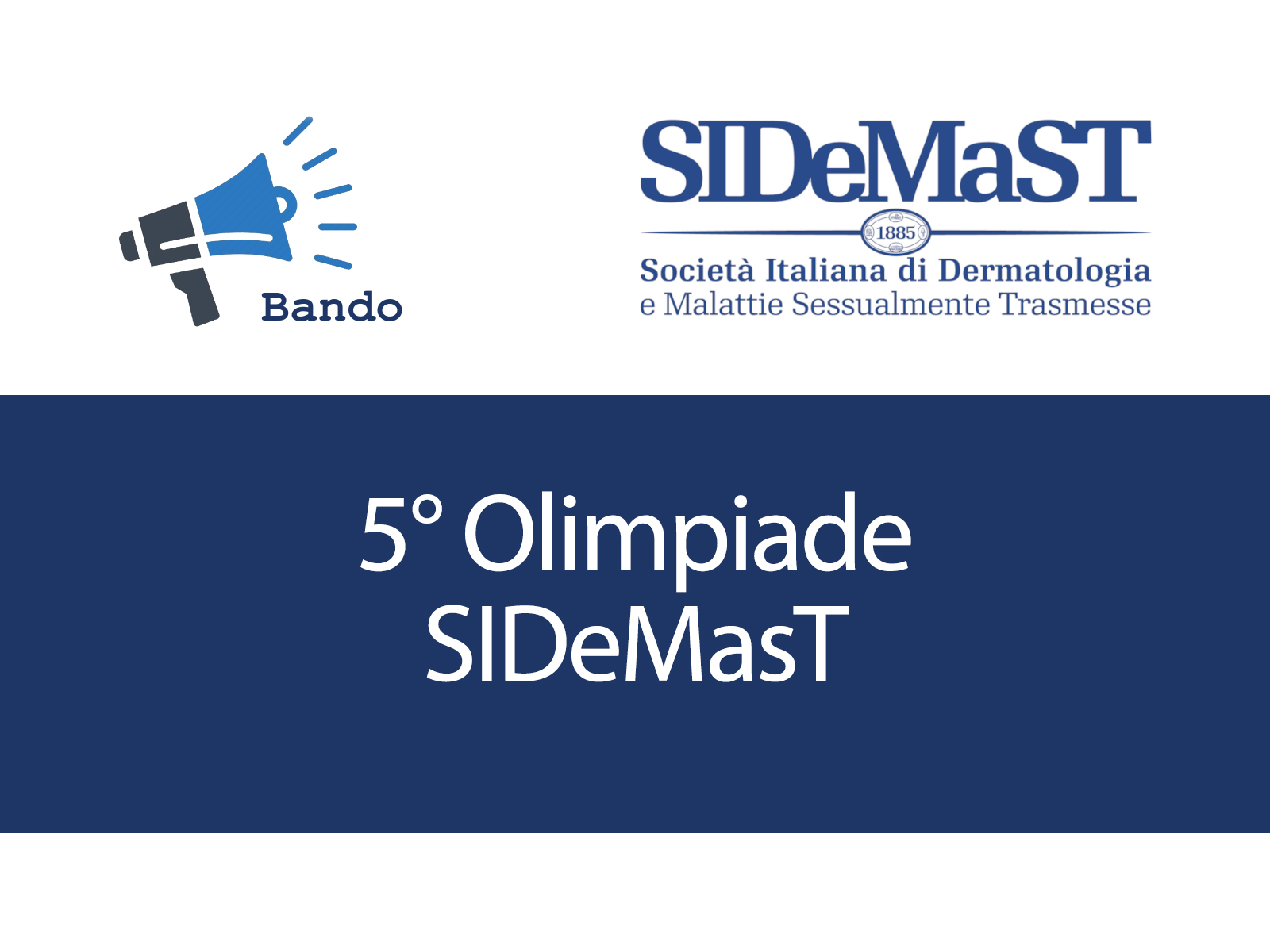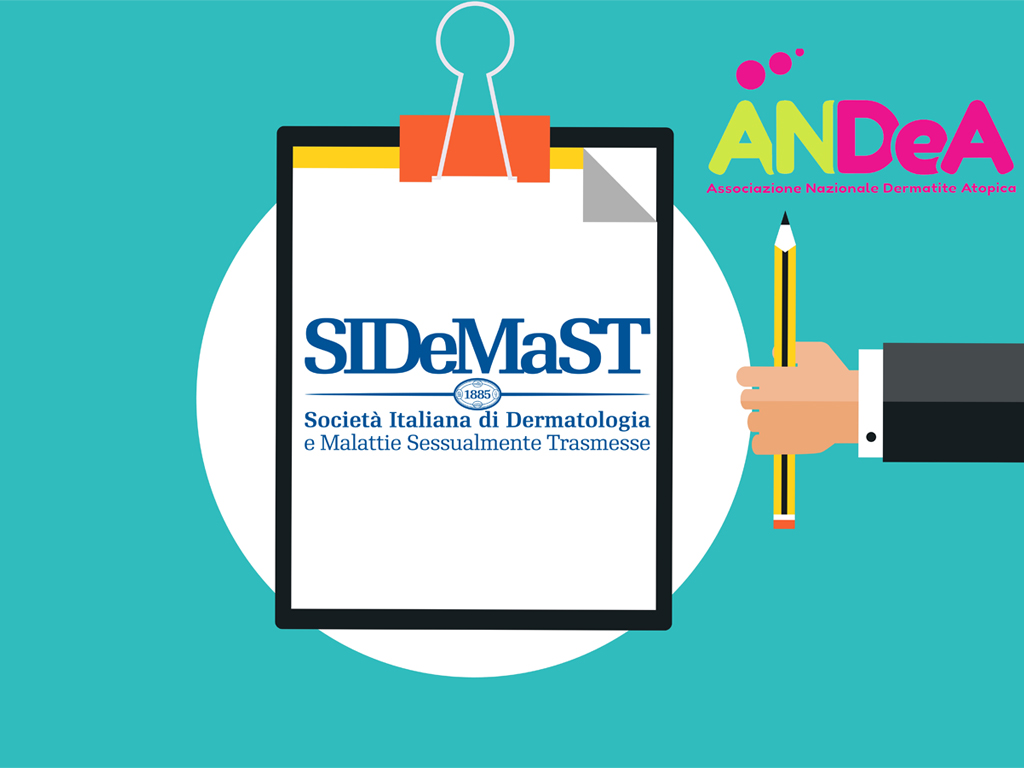Chlorhexidine and povidone-iodine demonstrated comparable outcomes in preventing the infections associated with central venous catheterisation in infants born preterm, according to study results presented at the 2015 Annual Meeting of the Pediatric Academic Societies (PAS).
More infants treated with povidone-iodine experienced thyroid dysfunction, however. Chlorhexidine, therefore, is recommended for skin antisepsis prior to insertion of central venous catheters in these patients, explained lead author Emily Kieran, MD, National Maternity Hospital, Dublin, Ireland, speaking here on April 27.
The hypothesis of the SKA trial (Eudract 2011-002962-19) was that the preparation of central venous catheter insertion sites using 2% chlorhexidine in 70% isopropyl alcohol rather than 10% povidone-iodine will reduce catheter-related blood stream infection in preterm infants.
Dr. Kieran and colleagues tested this hypothesis in infants born at a gestational age <31 weeks who required an umbilical venous catheter or peripherally inserted central catheter. Written informed parental consent was required.
The trial was stratified by the 2 participating centres, by gestational age (<28 weeks, 21 to 31 weeks), and by the type of central venous catheter first used (umbilical venous catheter or peripherally inserted central catheter).
Caregivers were made aware of which skin antiseptic was applied.
The primary outcome was catheter-related blood stream infection, determined by a microbiologist who was not involved with the trial and who was blinded to the samples. The primary outcome involved infants >72 hours of age with the catheter still in place or removed for <48 hours along with the isolation of a microbial pathogen in 1 peripheral blood culture, and 1 of the following: detection of a skin commensal in 2 peripheral blood cultures or skin commensal in 1 peripheral blood culture along with isolation of the same organism from the catheter tip.
In all, the team randomised 310 infants to skin antisepsis with chlorhexidine (n = 151) or povidone-iodine (n = 159). The primary outcome in the intention to treat population was determined for 148 chlorhexidine-treated infants and 156 povidone-iodine-treated infants.
The primary outcome was similar for both skin antiseptics, with clinically diagnosed catheter-related blood stream infection in 10 of 148 (7%) and 8 of 156 (5%) of infants treated with chlorhexidine and povidone-iodine, respectively, and recovery of pathogen from 10 of 384 (3%) and 10 of 431 (2%) catheter tips, respectively. The catheter-related blood stream infection rate per 1,000 catheter days (6.8 and 6.2, respectively) was also similar.
Secondary outcomes of total catheters used, number of catheters per infant, total catheter days, days of catheterisation per infant, number of blood cultures analysed, number of suspected sepsis cases, number of courses of antibiotics, and days of antibiotic therapy were all similar between the 2 groups.
Significant differences between the chlorhexidine and povidone-iodine groups were evident, however, in the secondary outcomes of elevated thyroid stimulating hormone in screening (chlorhexidine, n = 0, 0%; povidone-iodine, n = 12, 8%; P = .000) and in serum (chlorhexidine, n = 0, 0%; povidone-iodine, n = 12, 8%; P = .002), treatment with thyroxine (chlorhexidine, n = 0, 0%; povidone-iodine, n = 8, 5%; P = .003), and necessity for oxygen or other support (chlorhexidine, n = 27, 18%; povidone-iodine, n = 47, 30%; P = .017).
Adverse skin reactions were uncommon, with a similar rate between the groups.
The infants in both treatment arms were similar in gestational age, birth weight, gender proportion, antenatal steroid exposure, prevalence of Caesarian delivery, occurrence of clinical chorioamnionitis, and initial use of an umbilical venous catheter. Patients were excluded from this study if they had major congenital abnormalities or had had prior insertion of the central venous catheter.
"In our study, chlorhexidine did not reduce catheter-related bloodstream infections in infants <31 weeks. The rate of skin reactions was similarly low in both groups; however, more infants treated with povidone-iodine had thyroid dysfunction," said Dr. Kieran. "We recommend using chlorhexidine in preference to iodine for skin antisepsis before the insertion of central venous catheters in preterm infants."
Catheter-related blood stream infections are a problem for about one-quarter of infants weighing under 1,500 g at birth. Mortality in this population is higher, hospital stay is prolonged, and growth and neurodevelopment can be compromised. Cleaning the skin prior to catheter insertion is crucial. In adults, 2% chlorhexidine in 70% alcohol is superior to 10% povidone-iodine for this use, but the situation in infants is not as clear.
Funding for this study was provided by National Children's Research Centre, Dublin, Ireland.


